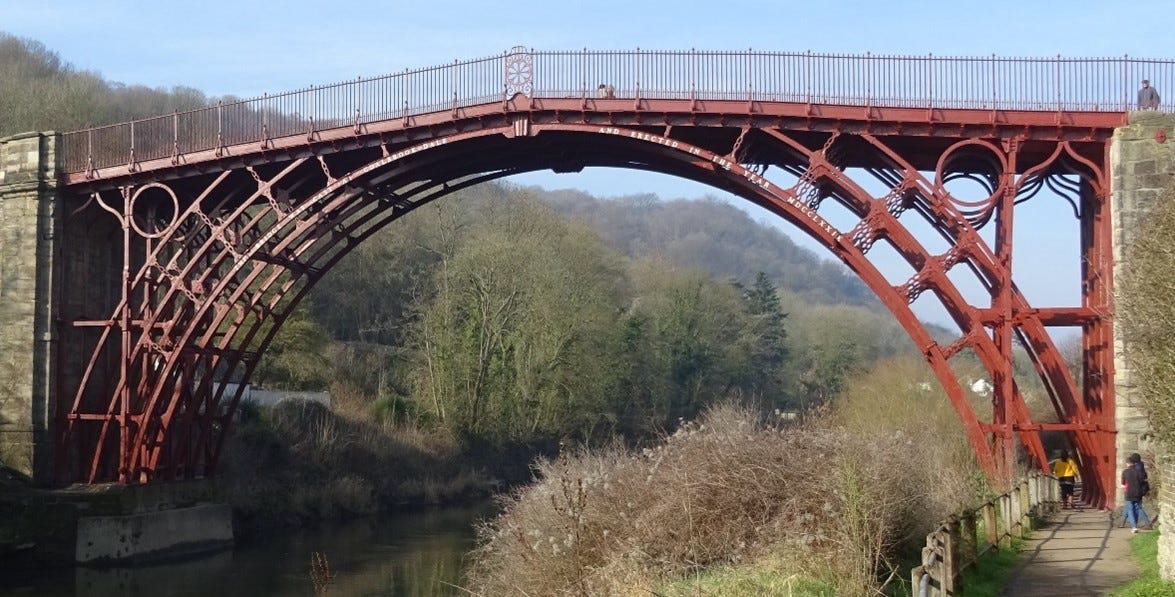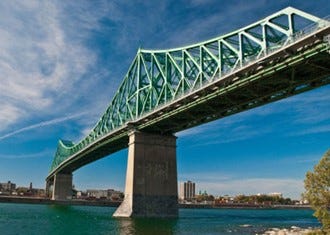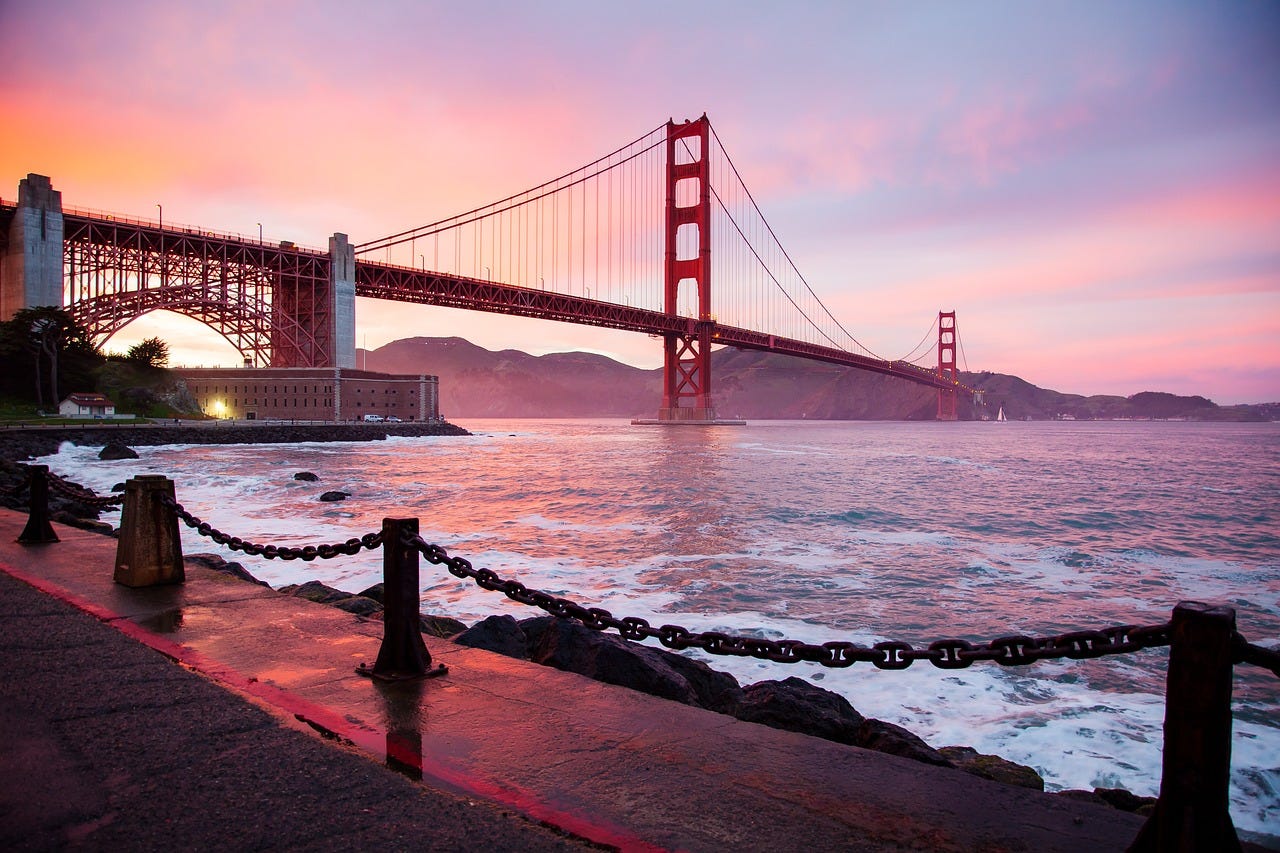Designed to Fail
"Bend me shape me, any way you want me"
Sometime last decade I visited a remote oilfield in Kazakhstan – the last leg of the journey was in this beauty – an Antonv AN-2. Definitely, not hi-tech, and apparently had been flying since about “nineteen forty something”. Notwithstanding its age, my dislike of flying, the local HSE standards and questions on maintenance, there was some comfort in the mechanical simplicity and the robust Soviet-era engineering.
The “energy transition” and in particular the on-going structural changes being made to electricity grids in many developed countries, is a huge leap into the unknown. The current fashion is shutting “dirty” (coal), and in some places “clean” (nuclear) generation, in the expectation that wind, solar and some hoped-for storage solution can provide the crucial level of reliability that has under-pinned modern civilization for 100 years.
However, that which works well in spreadsheets, in PowerPoint presentations, and TED talks has physical, social and economic limitations in the real world. The energy transition has been likened to starting a blood transfusion without having clarity on the where most of the replacement blood is going to come from, and not knowing the blood-type of the patient. But hey, ho.. so far, so good…
When thinking about how robust engineering-systems end-up evolving and eventually failing, it may be instructive to look at bridges. Bet you didn’t expect that segue. But first…
Not a Bridge
Architectural marvels are always a comprise between the vision of the artist/architect and the reality of physics. Mediating that (often enormous) gulf you’ll find exasperated and inspired engineers designing, constructing and regulating the process. When the artist has too much say in the outcome, physics will win.
On completion, [The Ray and Maria Stata Centre at MIT] was celebrated for its bold angular design that was said to challenge the laws of physics. In 2007 MIT filed a lawsuit for negligence against Gehry after design flaws and major structural problems were identified. Repairs and alteration work cost the school more than 1.5 million dollars.
The construction company claimed they had warned the architect of the design issues numerous times. Apparently, this fell on deaf ears, and they were told to "proceed with the original designs". (source)
Over-Building
How do you build a bridge? Rather like the dad-joke “how do you milk a hedgehog”, the answer is “very carefully”. In the early days of the industrial revolution, when the limits of materials and construction were not well known, the principle was to “over-engineer” the structures. Build it much stronger than you think it needs to be. Build in a “margin” for safety, a really big margin.
An odd example of this is not a bridge, but England’s original home of football – Wembley Stadium – which was built in just 300 days, opening in 1923. Once built, it was “safety tested” by getting a group of about 1200 men to jump up and down at strategic locations (video). I’m not sure modern HSE rules would approve – but Wembley Stadium survived and went on to hosting up to 127,000 spectators at a time and held events for over 80 years – so the engineers did something right in those massive concrete structures.
These workers ‘were put through a series of movements’ by the resident architect, Captain FB Ellison including standing up, sitting down, swaying from side to side and backwards and forwards, marking time at the double, and jumping up and down while shouting and waving their arms. This was repeated at various places around the stadium. ‘Finally, gangs of the men were ordered to run up and down several flights of the steps,’… (source)
Just like Wembley Stadium, early iron and steel bridges were “absolute units” (in the sense of the meme).
The then new bleeding-edge technology was used to build big, beautiful and massively over-engineered works of science (which, coincidentally or not, are also architectural gems in their own rights).
As a shout-out to my adopted home in Montreal – The magnificent Pont Jacques Cartier over the St Lawrence. Fair to say; “that bridge ain’t for bending”.
Talking of bridges-that-bend, in 1987 on the 50th anniversary of its opening the Golden Gate bridge in San Francisco was the centre of attention for festivities – the crowds gathered for the walk across the bridge in rather larger and more enthusiastic numbers than the organisers had considered. Roughly 800,000 people showed up and at its maximum gridlock, it is estimated that there were 350,000 people on the bridge itself. Whilst this brings to mind all kinds of agoraphobic/enochlophobic horrors: the bit that is relevant here is that the estimated load on the bridge was 5,400 lbs/ft length, which is rather close to the calculated maximum load of 5,700 lbs/ft length (Source) The bridge itself was designed with a slight upwards arch and allowed for a max vertical displacement of 12ft. By all accounts it was somewhat saggy that day. Not a great look on your 50th birthday…
That said, despite the huge load and the proximity to its benchmark threshold, the bridge had considerably more load capacity because, of course, the maximum threshold of failure is not the maximum safe threshold – it was (and is) also over-engineered.
Under-Engineered
Building in huge safety margins has a cost, both literally as well as aesthetically. The history of engineering marvels is often that good, robust designs are pushed and refined and “improved” until some unintended failure occurs. With bridges possibly the most well-known is the Tacoma Narrows in Washington state (USA) – which has become infamous thanks, not least, to its collapse having been captured on film in the very pre-TicTok era….
Whilst there are undoubtedly many causes of this spectacular failure, one key element was the relative fragility of the bridge, being 850m long but very narrow (due to design choices and an anticipation of only light traffic). The bridge suffered from wind generated oscillations, and at relatively light winds, these oscillations became harmonic and self-reinforcing. This was discovered during the construction phase, and mitigating additions were put in place. However, on the 7th November 1940, only 3 months after opening, the bridge vibrated, twisted and collapsed. Despite there being several vehicles crossing the bridge, amazingly there were no human fatalities (although sadly one canine loss).
Whilst the Tacoma Narrows bridge collapse has more than one single cause, one can appreciate that massive Victorian and early 20th century iron structures like Pont Jacques Cartier are not going to get blown away by a gentle breeze.
Robust by Design
In the same way that bridges were designed and built with significant safety margins, so it is with the Grid. Our electrical grids have been running so seamlessly for many decades, that we simply don’t think about major power outages. Sure, local power-cuts can happen with trees falling onto powerlines, or local transformers failing, but “The Grid” stays up. Why is this?
As with failures, so with success: there is no one single factor. The main reason however is that a robust safety margin exists. By design, the grid has redundancy in generation capacity, such that planned downtime and unexpected failures in generation can almost always be managed by using spare capacity.
The supply side has to be right-sized based on reliable generation capacity – the reason for this emphasis is that electricity generation has to match demand as an instantaneous process.
The historical robustness comes from having a stack of coal, gas, biomass, nuclear and hydro electricity generating units. These are designed with some nameplate “capacity”. These have sources of fuel that are more or less “firm” – coal can be stored on site in large quantities, as can uranium. Gas needs reliable pipelines, but mostly this has been robust (until quite recently) and hydro is firm unless you have had a multi-year drought – as Brazil has had recently. All of these, however, will have some down-time for maintenance and unplanned stoppages – so the generating capacity after taking into account these effects is known as the System Adequacy Contribution. This can be defined as “the ability of the generation assets to cover the peak load, taking into account uncertainties in the generation availability and load level”. The final step is to ensure that the sum of the System Adequacy Contributions is at or above 115% of the known Peak Demand. This 15% buffer is known as the Reserve Margin. As noted here in a previous post:: “The amount of reserve margin is a trade-off between the risk of black-outs (and other system reliability issues) and costs.”
Lessons (not yet) Learned
In modern thinking, the focus on GHG emissions has subordinated the importance of reliability and robustness. In most cases this has been a combination of willful blindness and blissful ignorance, although more recently there are examples of activists suggesting that “blackouts might be a price worth paying” – but I get ahead of myself.
There are many great articles on the nefarious effects of including, or worse, prioritizing, inherently intermittent wind and solar on the electricity supply – so I won’t repeat that exercise here.
My point is that when you re-imagine a robust system such as Absolute Unit Bridges and aim for more modern, cheaper and/or more aesthetically pleasing designs, (or when you plan a funky building and ignore the engineers), there comes a point where things break.
The “web-fact” that sticks in my mind is a comment I read about Texas after Storm Uri in February 2021. The grid stayed functional through the use of rolling blackouts – these were very inconvenient for many people and indeed many deaths have been associated with these events. However, had the rolling blackouts not been successfully managed, the grid was (apparently) just minutes from total collapse. Black-starting grids is incredibly complicated and in this case would not have been up and running “before May”, over 2 months later.
When the grid goes down, even with a lot of the process dependent upon hydrocarbons (transport etc) the food supply chain fails (refrigeration, but also the ability for stores to manage stock and take payments etc). Civilization is “9 meals from anarchy” – chilling to think what two months of no electricity would have looked like in Texas (with its 1 million register weapons)? Double down on this apocalyptic scenario when you/we have “electrified everything” and you no longer have transport or back-up generators….
This is why “energy security” is not an academic topic, but one that should be front-of-mind in any planning for the electricity grid. Fiddle with the design, and beware the unintended consequences.
Bridges breaking is awful but is nothing compared to the carnage we will see when we have a major grid failure. We should learn the lesson that robust systems have utility and value exactly because they are robust – taking this for granted is the first step in pushing design to the breaking point.
I don’t think anyone in the political classes has the least idea of the existential danger that is creeping as we myopically focus on “emissions”.










The grid was never in such peril until wind/solar became pronounced. And the industry dates from the 1880s. Wind and solar for electricity had a proof-of-concept in the 1880s too.
Much appreciated. There's a lot to know in politics -- and unless one has a little bit of a background in this stuff (like math, and analytics, and logistics, and problem-solving), it can be overwhelming. Politicians are rewarded for narrative and 'likes' -- not solutions or innovations. We leave that to the people for whom we're supposed to be making good decisions.